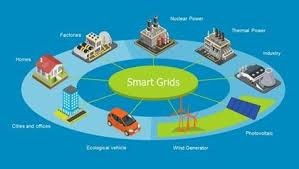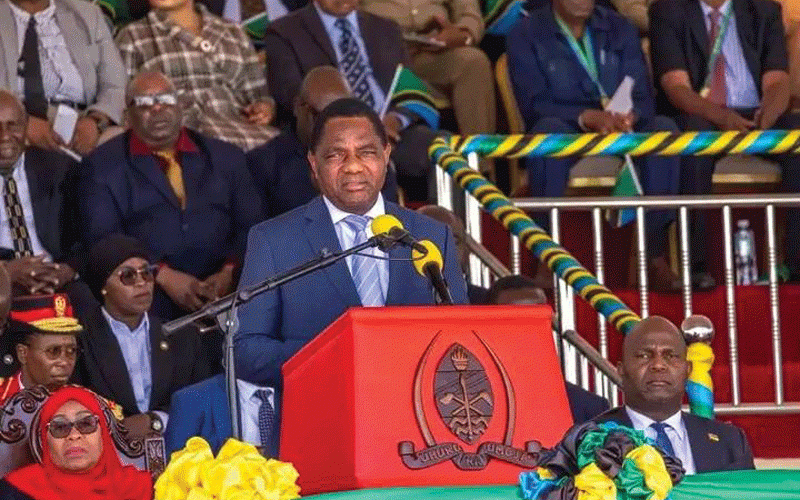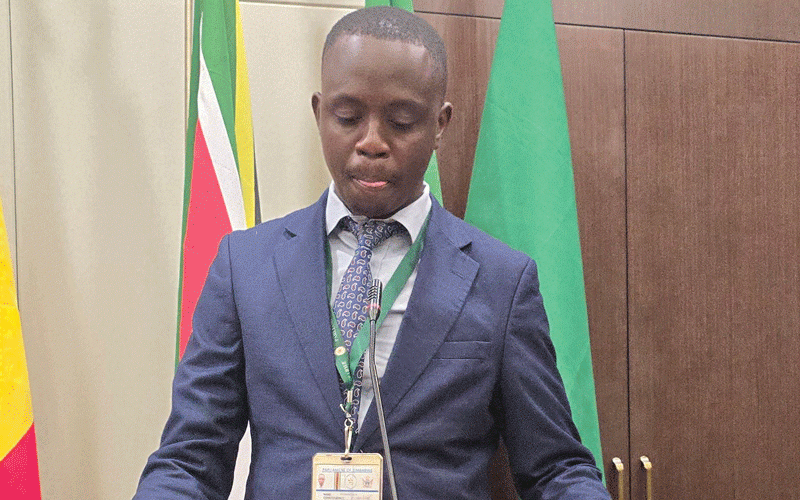
As the power sector continues to be the main continental agenda, it's indeed of paramount importance to understand key trends and goals which are called the 4 Ds.
These 4 Ds are indeed shaping the power sector and have been aiming to create a more sustainable, resilient, and efficient power system for the future.
As I'm going to expand and explain their roles in a more simplified format so as to accommodate non-technical readers, on how and why they matter, as well as some of their great benefits ,challenges, and risks associated with the 4 Ds and how stakeholders can play in implementing them. As they might seem difficult to say which one is more important than the other due to their interconnection as they play crucial roles in the energy transition.
Decarbonisation
Decarbonization refers to the reduction of Greenhouse (GHG) emissions from energy production and consumption, especially from fossil fuels, such as coal, oil and natural gas. Decarbonisation is essential for mitigating climate change impacts, such as global warming, sea level rise, extreme weather events, and biodiversity loss, as well as for improving air quality, public health, and environmental justice.
As I have always alluded in my past articles that decarbonisation must be given a special global fund so as to continue with research, and improve how we can continue with carbon neutrality.
In 2015 , this was the key goal of the 2015 Paris Agreement,and the center of all efforts to address the devastating impacts of climate change across the globe.As the world leaders ,and energy experts like Edzai Kachirekwa continue to call for the multiplication of renewable energy capacity ,and double the energy efficiency by 2030 , and ultimately by 2060 to achieve a 90 percent Renewable energy share in the global electricity mix and achieve net zero emissions.
How to achieve decarbonisation
- Time running out for SA-based Zimbos
- Sally Mugabe renal unit disappears
- Epworth eyes town status
- Commodity price boom buoys GB
Keep Reading
Decarbonisation can be achieved by:
Increasing the share of renewable sources, such as wind, solar , hydro,and biomass, in the energy mix by providing policy and regulatory support from the government through Zera in countries like Zimbabwe. Incentives, and subsidies, as well as investing in technology innovation through our universities and infrastructure development.
It's of great importance to understand that it is generally everyone's primary responsibility to know these 4 Ds, Zimbabwe has has taken a bold step to increase renewable energy by liberalizing its energy sector, this alone has a potential to quadruple the amount of clean energy into our homes, industries as well as reducing costs associated with carbon emissions.
Using carbon capture and storage (CCD) technologies for thermal generation, which can remove and store carbon dioxide from the atmosphere or Industrial sources, by creating a market and a regulatory framework for carbon pricing, as well as supporting research and development and demonstration projects .
Improving energy efficiency and managing demand for energy, by implementing standards and labels for appliances and equipment, providing information and feedback to consumers, and promoting behavioural changes and lifestyle choices.
Technologies for decarbonisation
As countries continue to invest in research , innovation and new technologies , some of the new technologies that can enable and facilitate decarbonisation are wind turbines, solar photovoltaic, and hydrogen as these have been proven to be more reliable and human friendly.
Benefits of decarbonisation
Some of the benefits of decarbonisation are quite many but I will share a few out of the hundreds of benefits which we can experience:
Environmental benefits, such as reducing greenhouse gas emissions and mitigating climate change impacts, improving air quality and public health, and preserving biodiversity and ecosystems.
Economic benefits, such as creating new jobs and industries, enhancing competitiveness and innovation, reducing costs and risks as well as creating healthy food supplements through a new technology which is already underway in Southern Africa.
Social benefits, such as improving energy security and access, fostering social and environmental justice, increasing awareness and participation.
Challenges and risks of decarbonisation.
Every innovation, technology has its own challenges and risks associated with its new technology.
Technical challenges, such as integrating variable and intermittent renewable energy sources, ensuring grid stability and power quality, developing and deployment of low-carbon technologies.
Economic challenges, such as financing the energy transition, addressing the social and economic impacts and costs, and ensuring a fair and just transition.
Political challenges, such as building political will and consensus, aligning national and international policies and actions, overcoming resistance and opposition.
Decentralisation
Decentralization refers to the shift from large scale, centralized power plants to smaller, distributed energy sources such as rooftop solar panels, micro grids, battery storage decentralisation can enhance the reliability and the flexibility of the power system, as well as empowering consumers to participate in energy markets.
Decentralisation can be achieved by: Promoting and supporting the growth of distributed generation, by providing feed-in tariffs(FIT) and net metering schemes. Zimbabwe has proved to be doing well though its net metering which is generating a sizable number of Megawatts back into the National Grid. Decentralization has the capacity to reduce costs for interconnection and integration to the grid.
Fostering the development of Energy communities, which enables consumers to share and trade their electricity with others by providing legal and regulatory recognition, incentives, and support, as well as facilitating the participation and collaboration of stakeholders.
Enhancing the resilience and reliability of the power system, by using energy storage and smart grids which can provide backup power and ancillary services, as well as cope with the variability and uncertainty of renewable energy sources.
Benefits of decentralisation
Economic benefits, such as lowering investment and operational costs, increasing the energy efficiency and demand response, and improving the local energy security, Sovereignty, sustainability and access.
Environmental benefits, such as reducing the transmission and distribution losses, supporting the integration of renewable energy sources, and reducing the greenhouse gas emissions and environmental impacts.
Social benefits, such as empowering the consumers and prosumers, hence Fostering the development of energy communities, and promoting social and environmental justice.
Challenges and risks of decentralisation
Technical challenges, such as ensuring Grid stability and power quality, managing congestion and voltage fluctuations, coordination of multiple actors and stakeholders.
Economic challenges, such as creating market distortions, and inefficiencies, addressing the social and economic impacts and costs, ensuring a fair and just transition.
Digitalisation
Digitalisation refers to the use of information and communication technologies to monitor, control, and optimise the operation and planning of the energy system across multiple pathways and scales. Digitalization can enhance the performance, reliability, and security of the energy system, as well as create new value propositions, business models, and markets for energy services. In Southern Africa we have our Southern Africa Power Pool which has one of the best SCADA systems, ensures quality and trading of electricity electronically using state of the art modern technologies.
Our own national power utility (Zesa) has its own information and technology department which sustains and maintains its back-bone through powertel.These technologies are extremely of greater importance as they contribute to easier monitoring, evacuation and grid stability.
How to achieve digitalisation
Installing smart meters, smart devices, and smart platforms which can provide real-time data and communication, as well as balancing supply and demand, by providing feedback, incentives, and recommendations to consumers and prosumers.
Using artificial intelligence (AI), machine learning (ML), and big data, which can improve the efficiency, reliability, security of the energy system , as well as reduce costs, emissions,and waste , by automating and optimizing various tasks and processes, such as customer service, marketing, software development and manufacturing.
Using blockchain, internet of things( IoT), and edge computing, which can enable faster, more reliable,and more secure digital connections, as well as support the integration of distributed energy sources, autonomous transportation, and smart cities, by enabling decentralized and transparent transactions, and creating virtual replicas of physical assets and systems.
*Edzai Kachirekwa is an engineer and CEO of Power Giants Company. He can reached out on email: [email protected]











